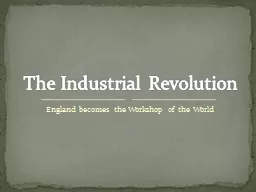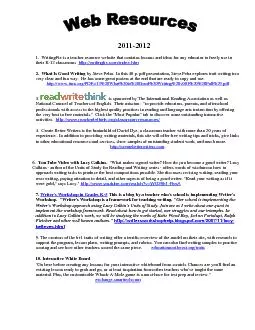PPT-England becomes the Workshop of the World
Author : pamella-moone | Published Date : 2017-06-12
The Industrial Revolution As the number of factories grew people from the countryside began to move into the towns looking for better paid work The wages of
Presentation Embed Code
Download Presentation
Download Presentation The PPT/PDF document "England becomes the Workshop of the Worl..." is the property of its rightful owner. Permission is granted to download and print the materials on this website for personal, non-commercial use only, and to display it on your personal computer provided you do not modify the materials and that you retain all copyright notices contained in the materials. By downloading content from our website, you accept the terms of this agreement.
England becomes the Workshop of the World: Transcript
Download Rules Of Document
"England becomes the Workshop of the World"The content belongs to its owner. You may download and print it for personal use, without modification, and keep all copyright notices. By downloading, you agree to these terms.
Related Documents














